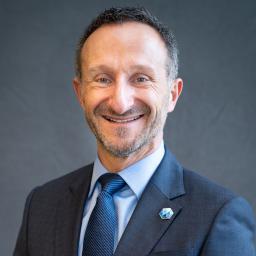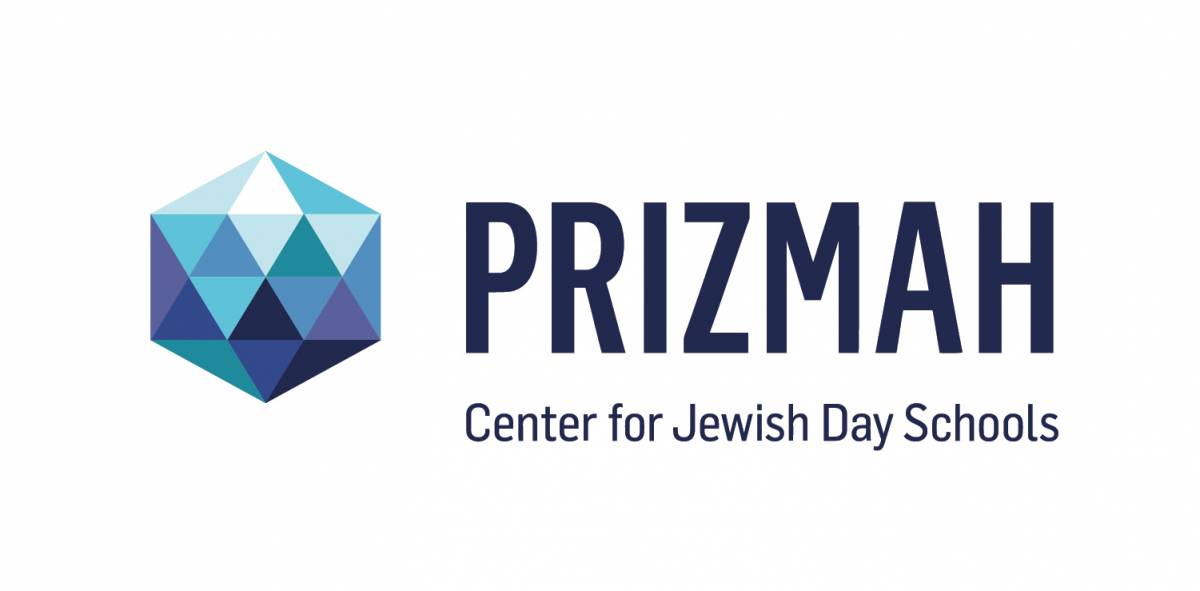

This article is part of a series representing a partnership between JEIC and Prizmah. It grew out of a collaboration at the 2019 Prizmah Conference, where JEIC ran Listening Booths in which 52 participants shared their dream for Jewish day schools.
Interview with Rabbi Moshe Margolese
Director of Advancement and Development at Ohr Chadash Academy in Baltimore, MD
Describe what you see in terms of contemporary education in Jewish schools.
Most schools today, including Jewish day schools, place tremendous focus on academics. The students are expected to achieve high academic goals; therefore, a serious environment is required. We want our students to become independent learners, across a range of abilities.
Judaic studies teaching is no different. There are now Judaic standards and benchmarks comparable to general studies. Our classrooms emphasize skill-building, and the learning is often tech-based.
If you walk into schools run well, you will find a Jewish environment that is highly rigorous, academic, with students engaged in their studies; the teachers make sure both to explore subjects in depth and to cover the material expected, many worksheets are distributed, etc. In this environment, student joy can be overlooked.
How do you know when a school is succeeding in infusing learning with simchah? What are the tell-tale signs?
When you go into a school on Rosh Chodesh, or even on erev Shabbat in some schools, you can see and feel the simchah that they have created, through music, singing, dancing. When you walk through the halls of school during the month of Adar, you can see and feel simchah all around you. People in costumes, funny signs hanging on the walls. The schools have been able to highlight specific times throughout the year and infuse the environment with joy and simchah.
You can see students laughing, staff in a pleasant mood, focusing on the positive around them. There is momentum, a ruach of simchah during these times. You can walk into individual classrooms, seeing students with smiles on their faces deeply engaged in a class lesson. You can see students acting out the parshah chapter that they just learned followed by carryover conversations and laughter. You will see students excited to tell you about what they are learning, just learned, or are about to learn b/c of their excitement about the lesson. Happiness spreads, it’s contagious, and people can’t keep it to themselves—it needs to be shared.
Where do you see schools falling short?
To me, an important aspect of life is simchas hachayyim—the enjoyment of life in all that we’re doing. I believe that simchas hachayyim needs to be deeply embedded in the school, in its environment, its culture—a part of all aspects of school life, including academic.
Would you describe davening and benching in our schools as a time of simchah? Would you describe Judaic classes as a time of simchah? What portion of the eight hours a day that children and staff are in your school is focused on simchah? My guess is almost none, except for the times that we have set aside for that, rosh chodesh, adar, a siyyum. But on a daily basis we keep things very focused and measurable.
At day schools, everything is planned, thoughtful. The focus is chinuch; schools strive to attain results that are measurable. This level of planning creates a desired level of control, which in turn creates a restrained environment.
I think we are undervaluing how much can be learned while infusing simchah into our learning, within a fun atmosphere. I think we are falling short on wanting to “treat children like adults” and needing a “level of seriousness.” We say, “It’s chinuch, you don’t want them banging on the tables and doing hand motions when they are an adult while bentsching.” “They are talking to Hashem, this is a very serious time.”
In the younger grades, students love learning. Chumash: they make models, play with the material. When they get older, however, things change; classes become more textual, analytical. Is that always necessary? Is there room for what children like and want to do, to make them laugh? Is there room to continue dramatic play, art, games, in middle school?
Childhood is a time to create foundations. If we can create a foundation of simchah, ruach, fun, people will want to keep that in their life. Especially for elementary/middle school, schools need to form an emotional basis upon which the intellectual life will flourish.
And would it be so bad if all of us allowed a little more joy in their life on a daily basis?
What does it take to achieve this?
Infusing learning with joy takes creativity and imagination. It requires working with teachers to ensure that this is part of their pedagogical approach. Often, it requires expanding our teachers’ skill sets, and ensuring that they operate with the permission to teach in a different way. Some teachers are afraid that this approach will take time away from academic learning and harm the expectation of rigorous learning. They need to see that bringing more joy into the classroom can lead to greater student engagement with their subjects, as well as greater student—and teacher—wellbeing. It takes creating new ways of assessing students. It takes shifting stakeholders' expectations. It takes confidence to do something that not everyone else is doing. It takes the willingness to take risks.
Can you share some examples of programs you have tried?
In our school, we use a mix of scheduled and impromptu activities designed to raise student excitement.
Every time the students come back to school, we plan a special activity. For example, this year our school’s theme is “building and rebuilding education.” At the start of school in September, students were given hardhats when they were greeted back. They wrote their names on Jenga pieces and added it to a large board that said, “We are OCA builders.” This board was displayed for the first few months of school.
During winter break, I made a video of myself dressed as a knight. When students returned, the head of school dressed as a queen, and kids dressed up as royalty; students built castles out of milk crates; the school rented a horse and carriage, and we gave rides to kids and parents. The activity lent the return to school, a time often fraught with anxiety and queasiness, an air of great anticipation. Students wanted to be there, to take part in the fun. They had something exciting to look forward to.
As an example of something unscheduled: A staff member strolled through the halls strumming a guitar and making up songs to random things. The activity gave the students a feeling of something new, unexpected, exciting, and it did not take any time or money. Another activity: we set up a coffee shop in the parking lot one day and handed out coffee to parents who were dropping off students.
What do such initiatives add?
Little efforts like these add a sense of life to a school, a pulse, passion. They create a place where people want to be. They give a spark to the teachers, a feeling that their work is filled with playfulness, enjoyment, relaxation, that carries over into the classroom. These activities reinforce what we’re about: children. Of course, we’re also about education, but there’s so much more: we’re here 8 hours a day, and that time cannot just be about pounding books. We need to be in touch with our own childhood side; teachers need to have fun for the students to have fun.
For teachers, this requires a delicate balance. They need to set expectations, within which fun can take place. Teachers need to believe that we can make learning come alive while maintaining classroom standards; we can be successful and the class will not fall to chaos. To achieve this balance on a school-wide level requires teamwork and consistency, as modeled by the administration.
What advice do you have for schools that want to elevate the joy in their school?
The culture of a school has to start from the top. Administrators should know what they want the school to feel like. If simchas hachayyim is important, then that should be a quality explicitly desired in candidates.
There are many practical steps that schools can take to set the tone. One is to have people serve as greeters, like at Walmart, giving all students a large smile and a big “hello, nice to see you” when they arrive. Some schools play nice music when kids come in the morning.
It’s important to utilize both planned and unplanned time for imbuing the school with joy. The unexpected brings life to the expected, to the normal rhythms of school life. Students don’t always have to know what’s coming or when. For example, they know something’s happening when they come back to school, but they don’t know exactly what will take place.
Another example: Every Rosh Chodesh, we, as do many schools, come together and play music. This event, designed to break the norm of schooling and to mark the day as special, becomes the norm through repetition. Where can schools find the life source within it? How do you change it up so there’s a spark that fuels their curiosity? There’s a tendency to keep something when we’ve got something good that works—but we need to build on it, put a spin, find new ways to make it meaningful and come alive.
In our elementary division, the student guidance counselor creates a video with a morning message every day. Students from different grades greet everyone, wish people a happy birthday, say a cool fact of the day, read ikarim cards (a positive behavior reinforcement system where teachers fill out a card giving a specific compliment to a student who displays one of OCA’s values), remind everyone to pledge and say Hatikvah. Although this is a major highlight of students’ morning, we found that students got bored of it over time, even though every day different students were featured in the videos. Therefore, to change it up, every once in a while we add music, get a guest speaker, and run family episodes, with parents sending in a clip of them sharing a cool fact of the day.
If you ask people at most Orthodox schools if this is an important aspect, they will tell you it is. Most rebbeim carry a geshmak, a “taste” or sense, for spicing up classroom learning. However, for joy to become a guiding principle of a school, it must go beyond the classroom to encompass the entire school environment. Someone on the leadership must fuel conversations: what are we doing that makes the kids excited, want to come back, want to learn? Just as we are learning to continue to foster creativity within learning as students get older, so too we can continue to encourage simchah as a part of schools.
Is there a deeper goal of this work you’re describing?
For students to feel joy, they need to know that they are loved. The book Five Love Languages by Gary Chapman claims that there are five different ways that people feel love: quality time, writing notes, words of affirmation, acts of service, and physical touch. Each person has a dominant one of those; in relationships, we should know what the other person’s dominant way is.
In school, I’m not sure how much we feel this. Kids we spend time with need to feel love to experience simchas hachayyim. They need to know that no matter how hard of day they’re having, the people in the school love them and care for them.
The book shows that we need to give thought for how individuals want to receive love. For example, we rarely give kids presents in school; some kids would feel appreciated by presents more than others. The same with teacher appreciation. While some would be fine with general gifts, others might prefer a more individualized form of recognition: a card, a laptop, etc.
If our schools can be places where each student feels known and loved, and the classrooms and hallways are infused with joy, surprise, delight and creativity, then the learning and the Jewish life will be vibrant and meaningful, sparked by student passion.



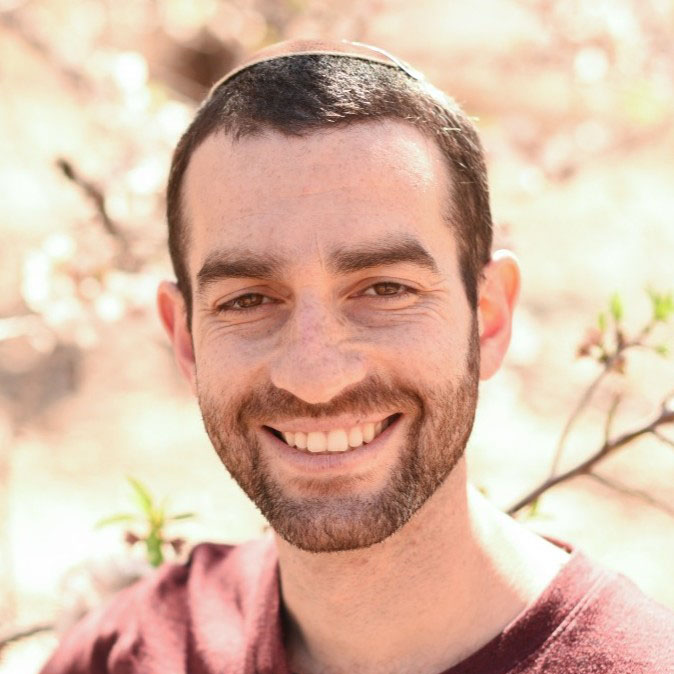

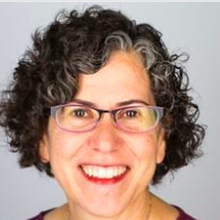 “This was so much better than we expected!” The 8th graders reflected on their two weeks of virtual Israel programming that stood in for their IRL Israel tiyyul this year because of the COVID-19 pandemic. Our two-week experience, led by Avi Allali, the Israel tiyyul coordinator, and Elisa Rotman, school social worker, was designed with the two prominent requests from the students and the school’s educational and value-driven goals in mind. The students voiced their desire to have their distance-learning schedule suspended for the time they would have been in Israel, and to have time with their peers (albeit virtually) to bond and hang out. Israel is one of the school’s seven core values:
“This was so much better than we expected!” The 8th graders reflected on their two weeks of virtual Israel programming that stood in for their IRL Israel tiyyul this year because of the COVID-19 pandemic. Our two-week experience, led by Avi Allali, the Israel tiyyul coordinator, and Elisa Rotman, school social worker, was designed with the two prominent requests from the students and the school’s educational and value-driven goals in mind. The students voiced their desire to have their distance-learning schedule suspended for the time they would have been in Israel, and to have time with their peers (albeit virtually) to bond and hang out. Israel is one of the school’s seven core values: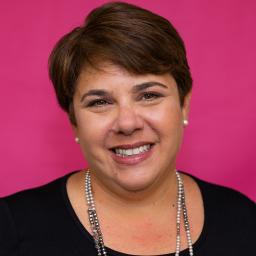



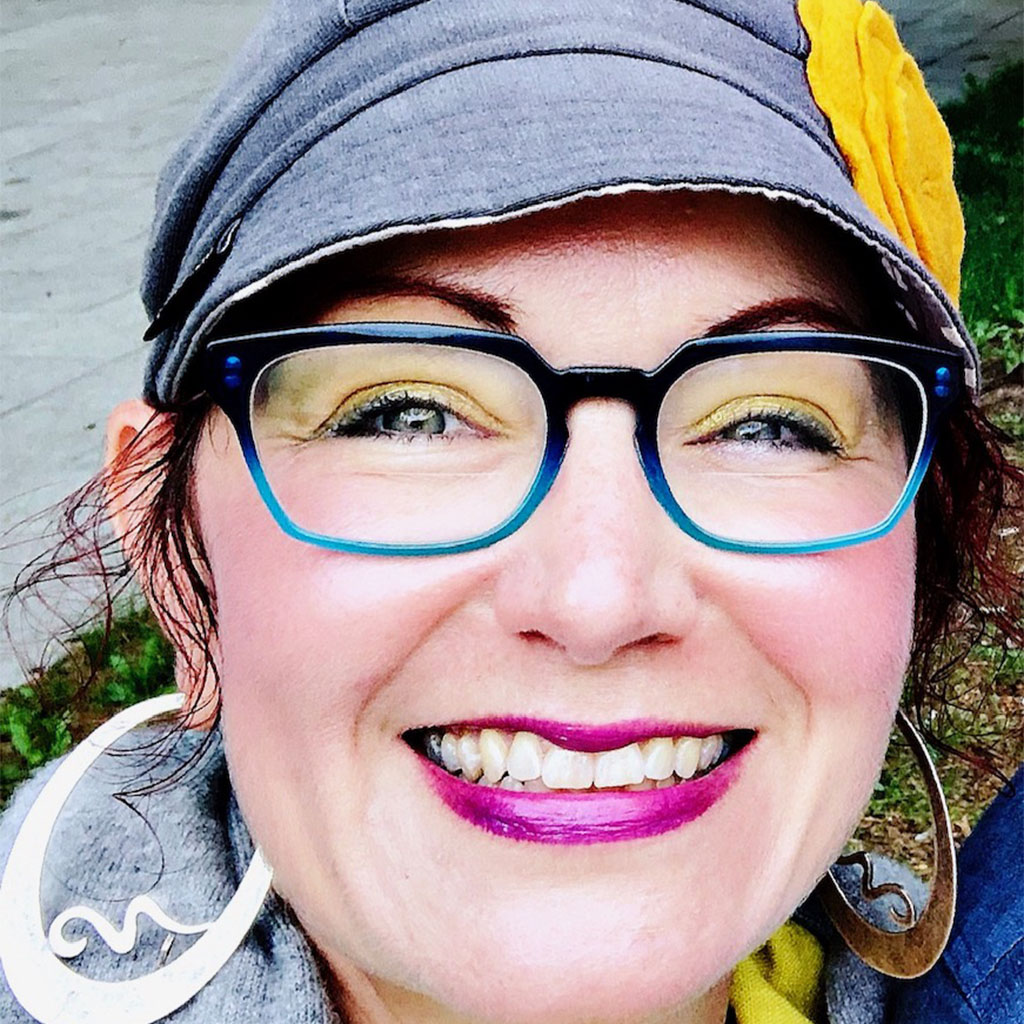 Nance Morris Adler is in her 15th year teaching Judaics, Jewish History and Social Studies at The Jewish Day School of Metropolitan Seattle. She is a Museum Teacher Fellow at the USHMM (MTF Cohort 2014) and a Powell Fellow at the Holocaust Center for Humanity in Seattle. She is the lead educator for
Nance Morris Adler is in her 15th year teaching Judaics, Jewish History and Social Studies at The Jewish Day School of Metropolitan Seattle. She is a Museum Teacher Fellow at the USHMM (MTF Cohort 2014) and a Powell Fellow at the Holocaust Center for Humanity in Seattle. She is the lead educator for 